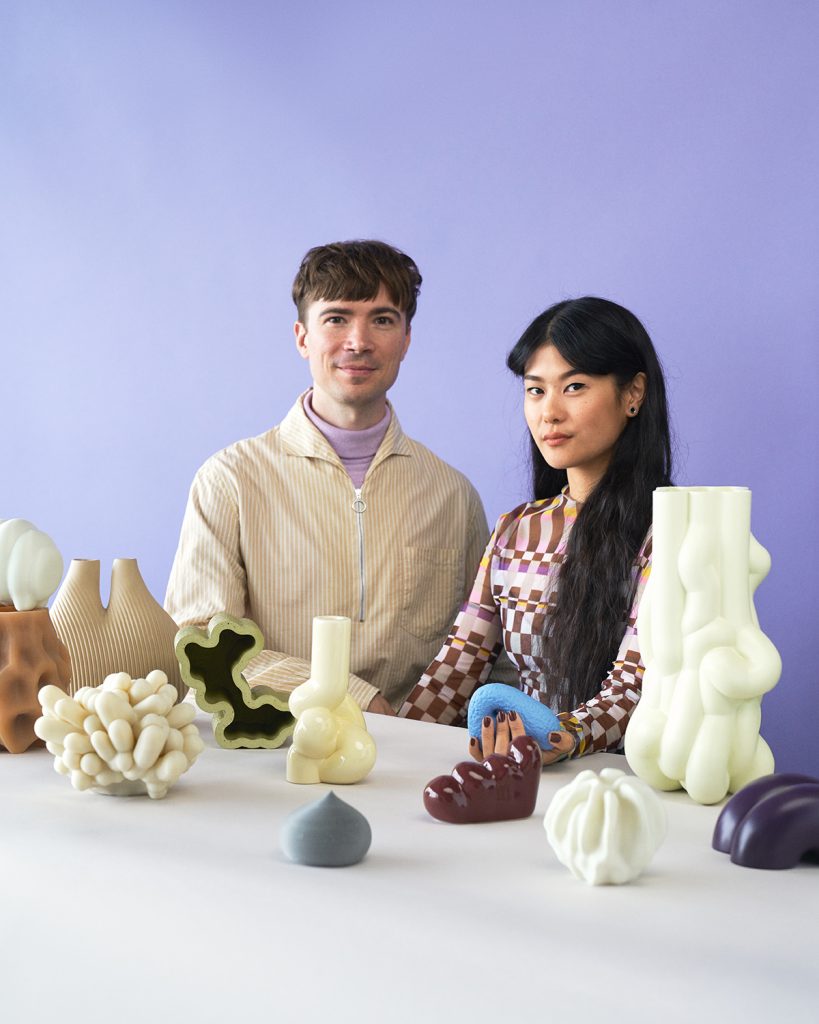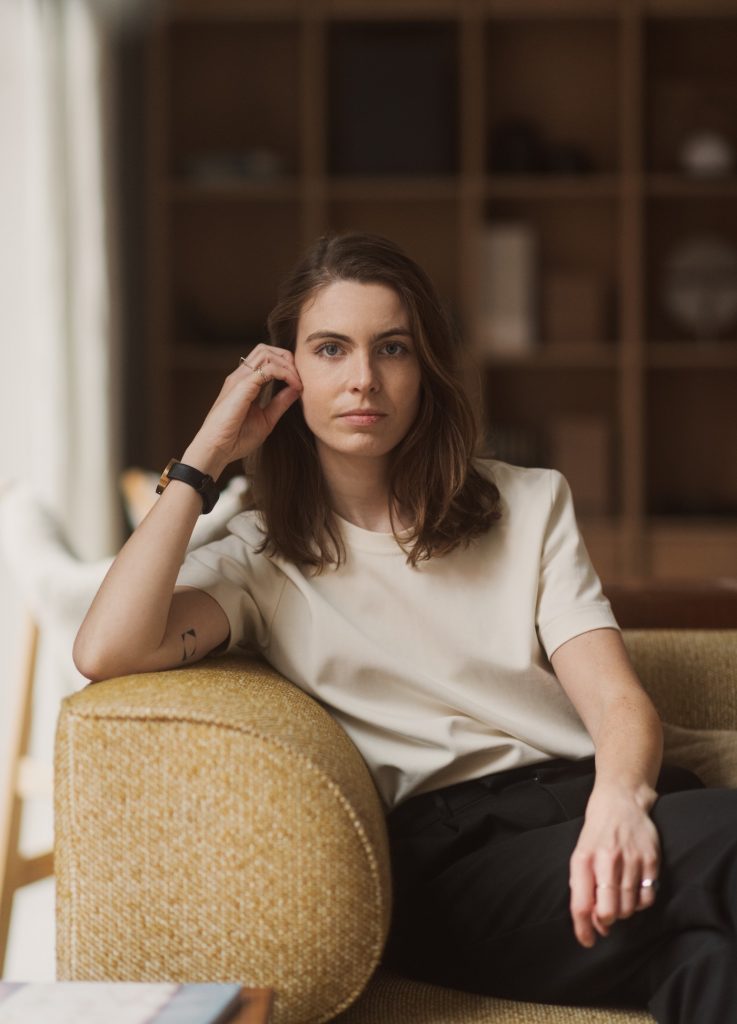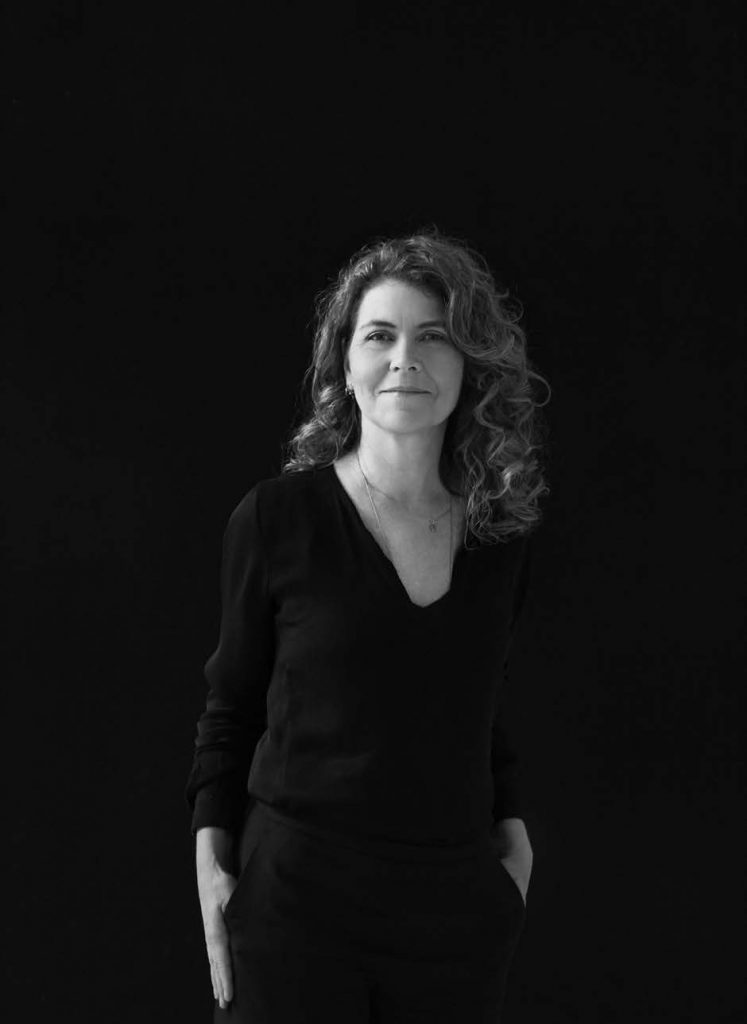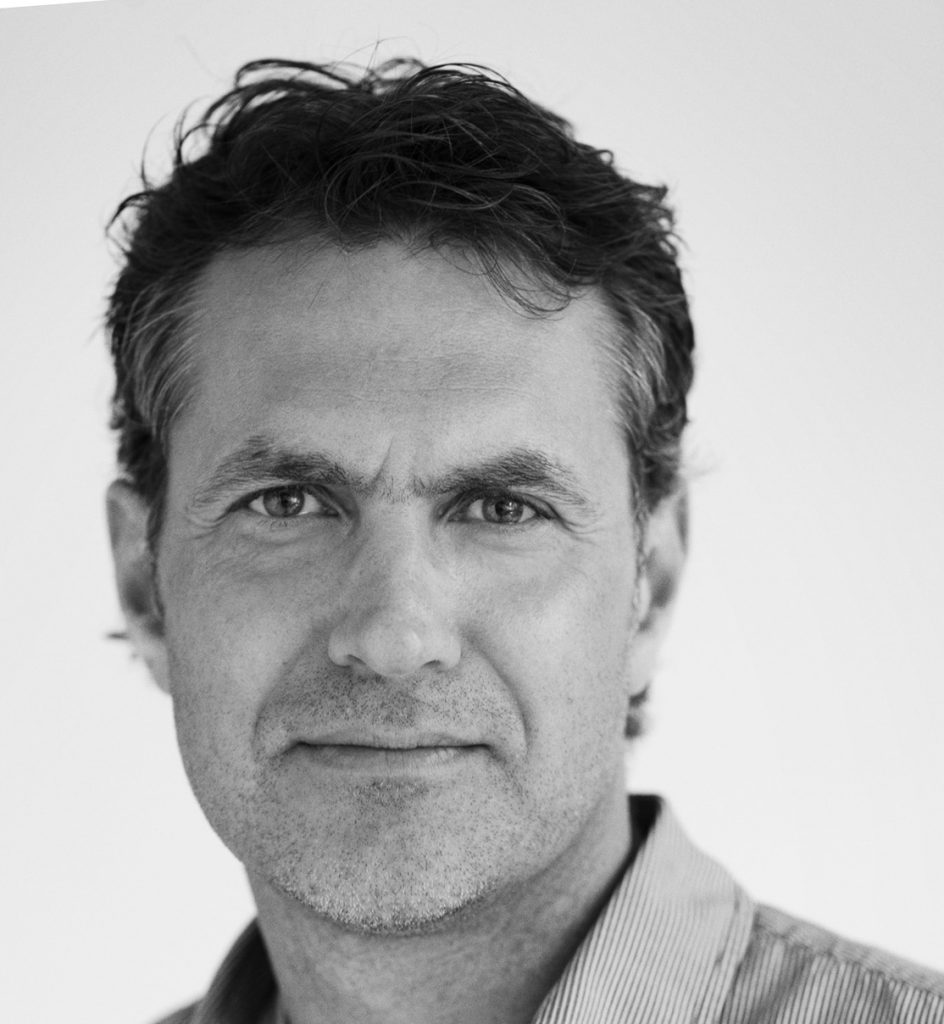Fusing natural forms with science and technology
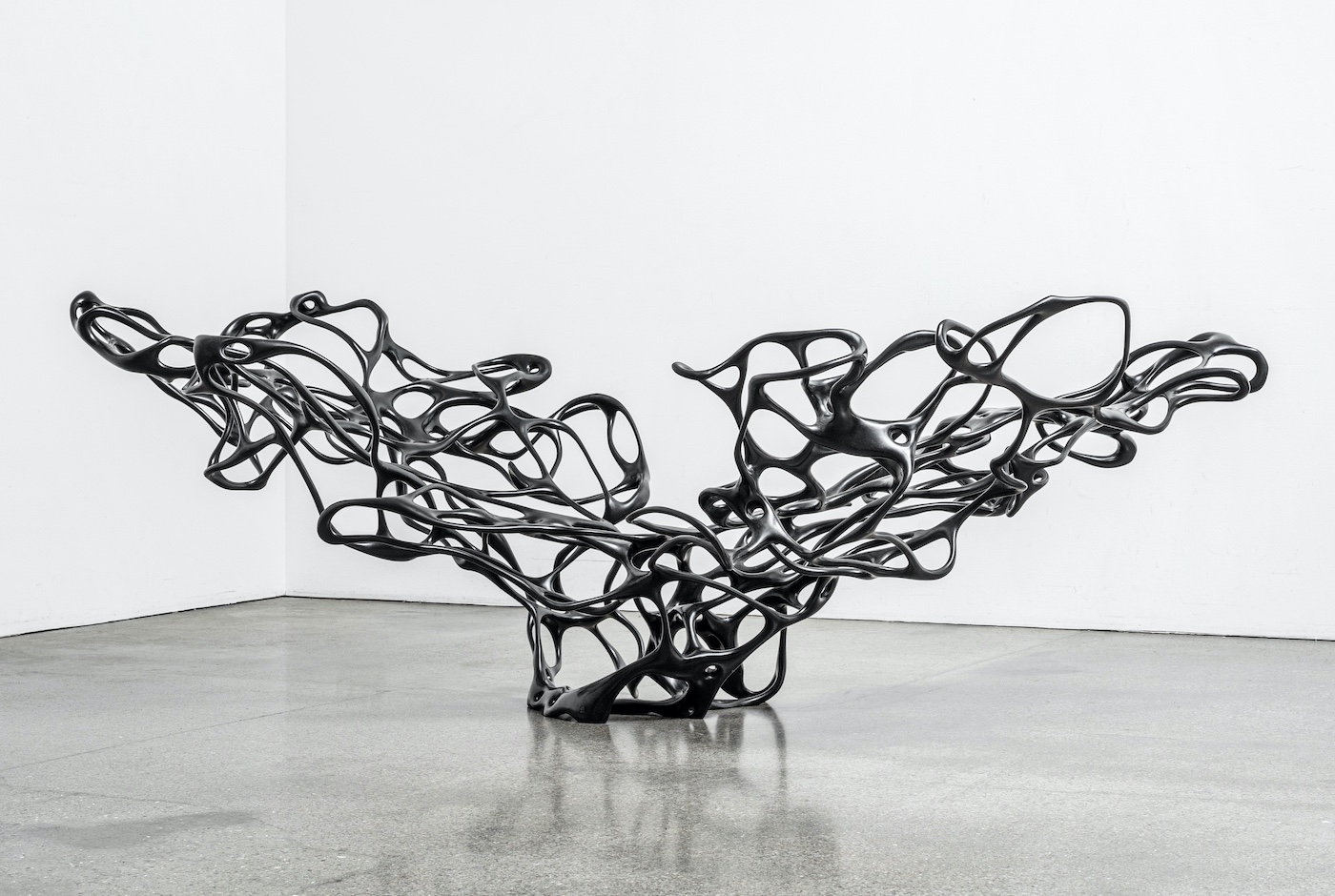
The work of Stockholm based artist and designer Mathias Bengtsson exquisitely merges differing design languages and processes into collections – produced with the aid of cutting-edge technologies, that present as if natural artefacts unearthed in an archaeological excavation. Fusing natural forms with science and technology, his work pushes the imaginative boundaries of what functional art and design can be in the 21st century; a symbiotic relationship of form and function working side by side.
Although Bengtsson’s aesthetics appear otherworldly, his approach to design starts with a fascination towards materials and production processes. At first glance his work can seem disconnected from the traditions of Scandinavian mid-century design. However, he views the importance of curiosity within his practice as a link to his design heritage.
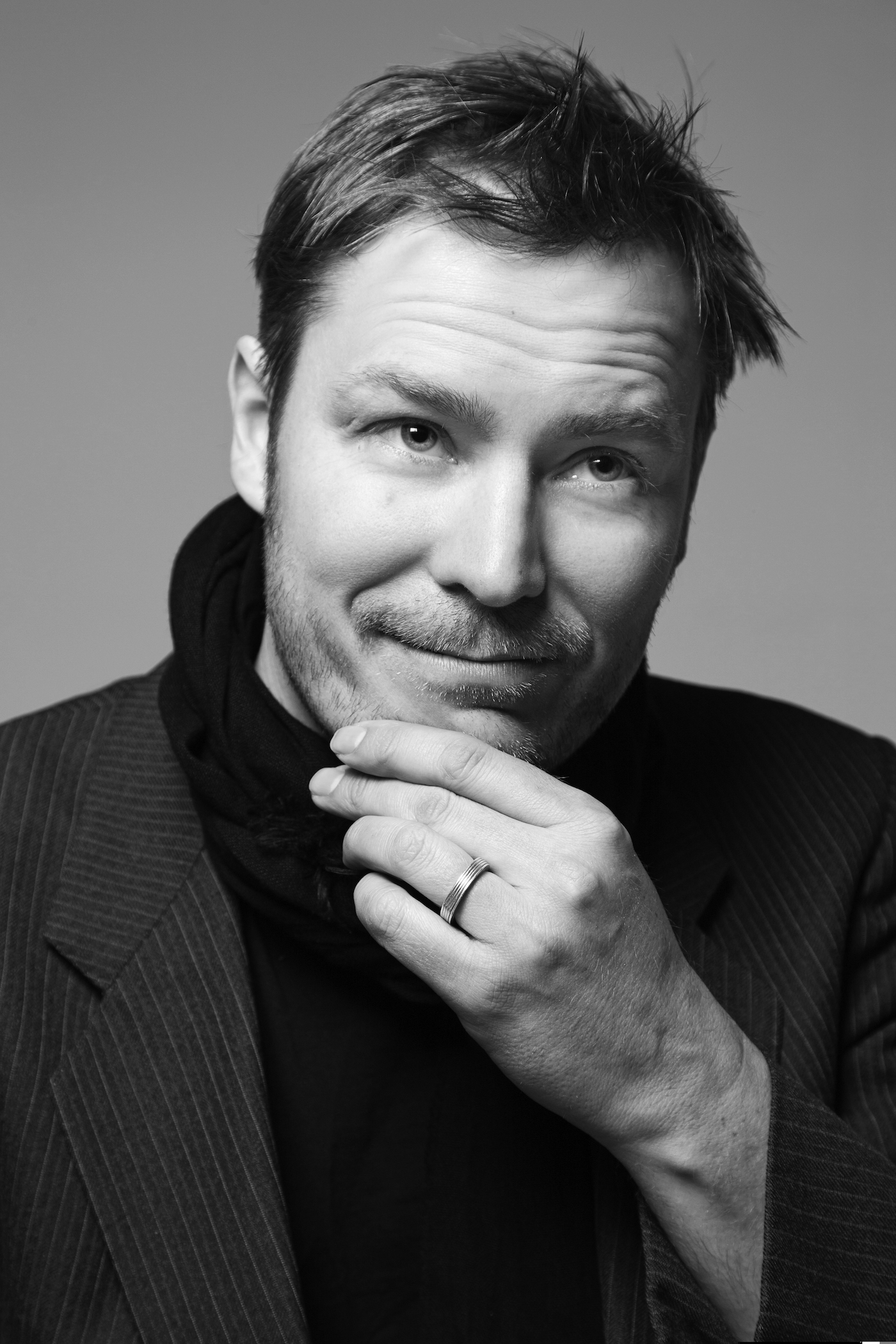
“I like to think that we are continuing the traditions of experimentation with materials and process – as in the 50’s and 60’s, but reflecting the times we live in now.( The Scandinavian masters combined natural materials with industrial processes )…whereas my work has always been interested in nature, science and technology, and somehow they all merge well in the digital world of the computer – the binary world.”
It is this collaboration with the binary world that allows Bengtsson’s work to stand at the forefront of the collectible design world. His Growth Chaise Lounge for The Mindcraft Project 2020 displays his unique approach to form that combines the hand with technology. Utilising custom produced software, the pieces DNA is first created in the binary world, thereafter transferred to the physical through 3D printed moulds and artisan cast bronze. Although this custom produced software mimics nature in terms of self-initiated growth and movement, Bengtsson views technology as a partner within his practice rather than an outside influence.
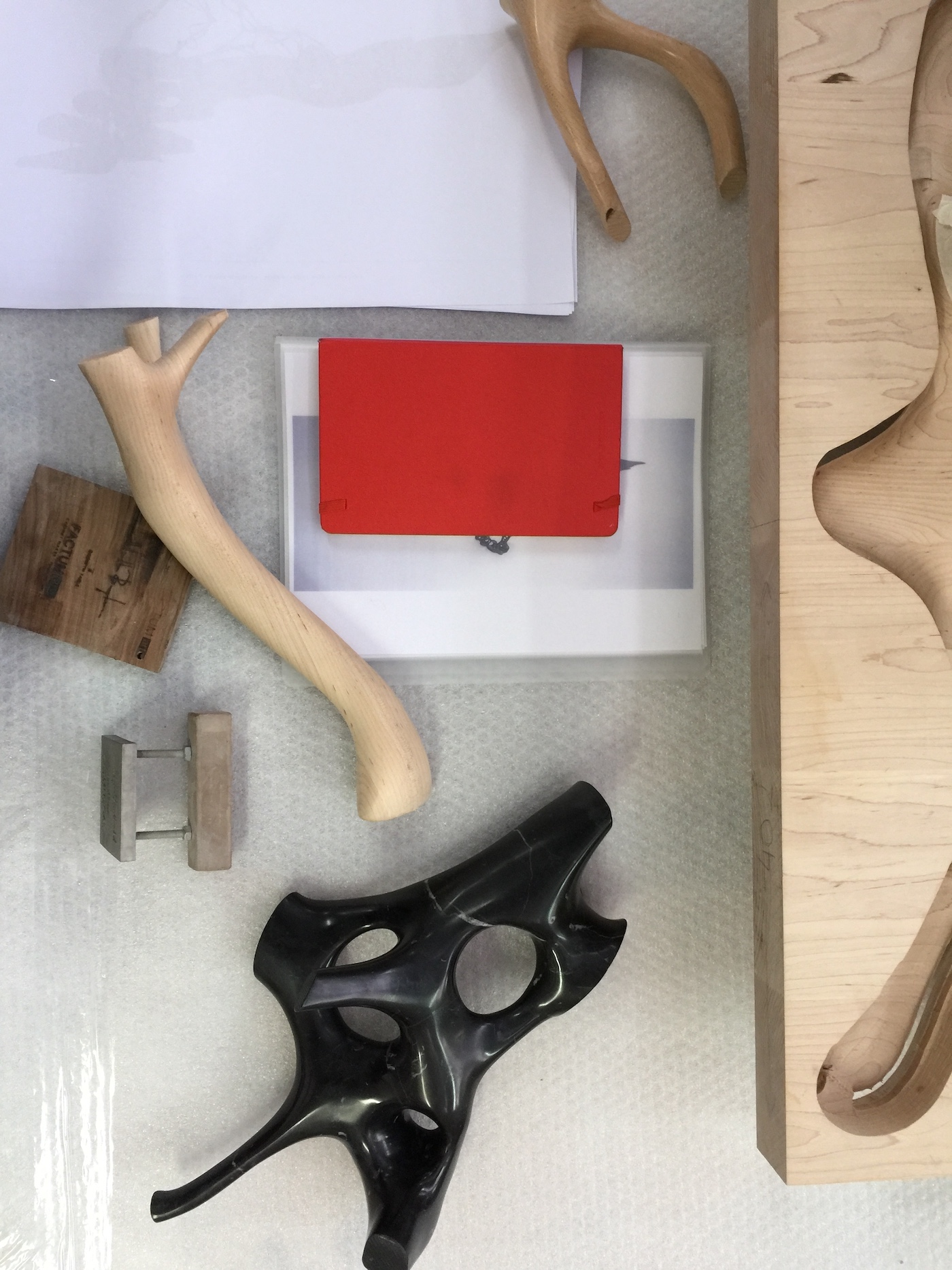
“I design and/or art direct everything from beginning to end. The computer is a tool that helps me along this process.”
Materiality and finishing is another avenue in which Bengtsson blurs the boundaries between the physical and the digital. His body of work is not defined by a single material or process, yet contains the common thread of combining the artistry of hand finished materials – whether natural or man-made, produced alongside technological input, as he states;
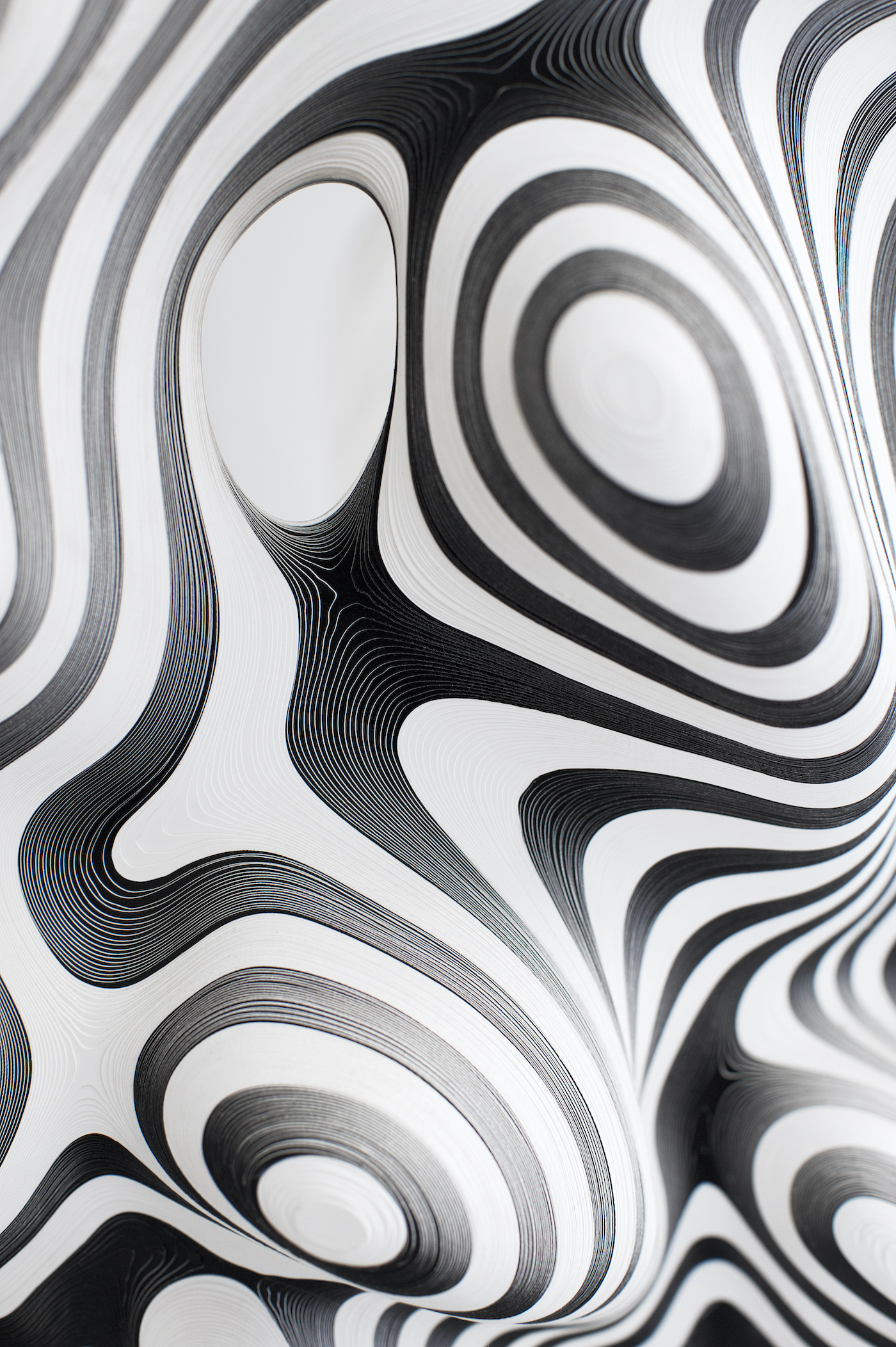
“I do not have any favourite materials, yet all materials have value to me. Having worked with paper, carbon fibre, bronze, titanium, plastics etc. I find all materials fascinating. My interest in raw materials is why I never add any paint to my pieces, allowing for the colour and texture of the material to be present.”
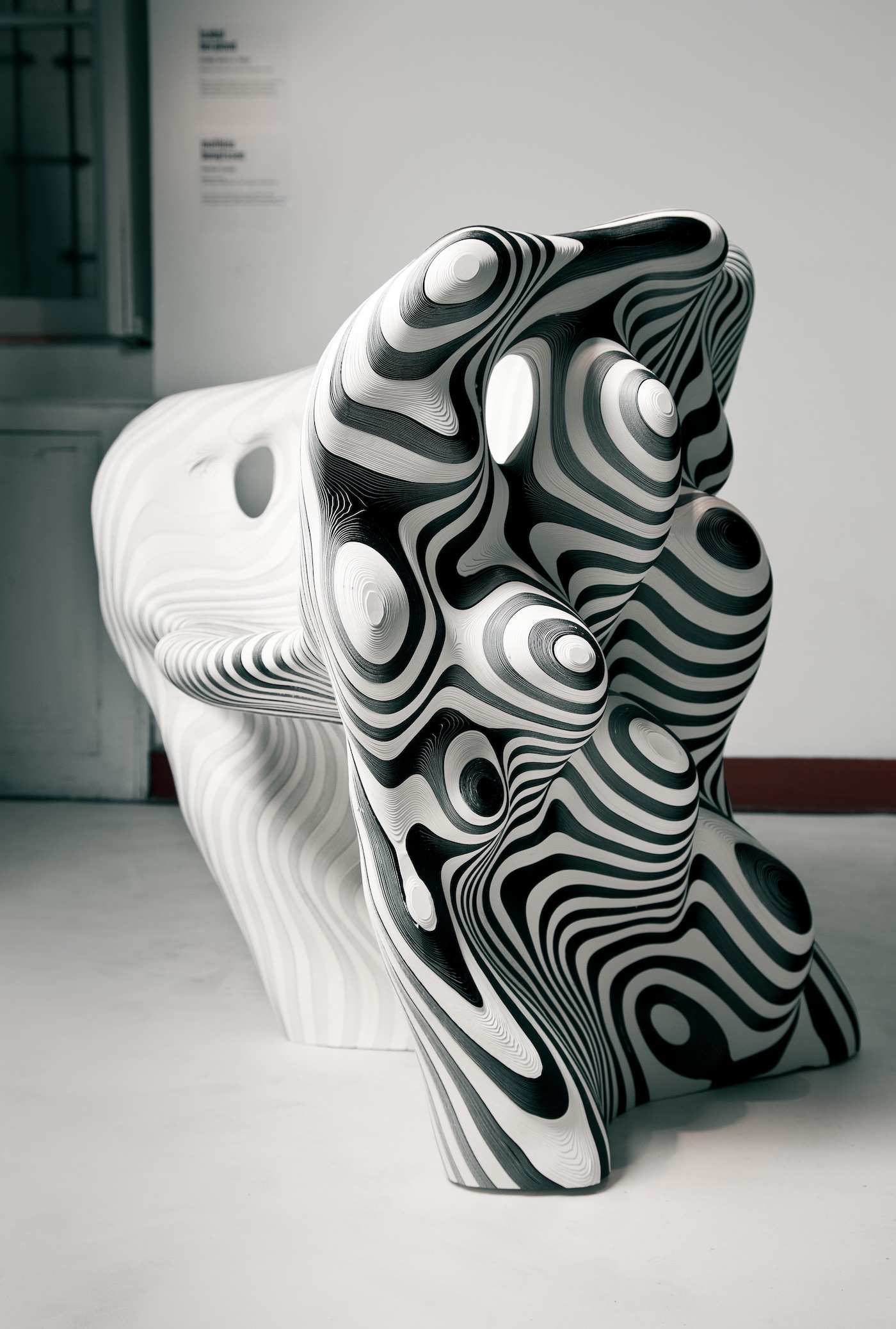
With a body of work stretching back prior to his graduation from the Royal College of Art in 1998, his depth of research and diversity of output are testaments to the in-depth and practical nature of Bengtsson’s studio. His curiosity in not only materials and technologies, but engineering, philosophy and much more, has led his work to become part of the permanent collections of the Museum of Modern Art in New York, and the Montreal Museum of Fine Art amongst others. Within a world increasingly intertwining the digital and physical, the work of Mathias Bengtsson is set to grow in relevance, both within and outside of the art and design communities.
